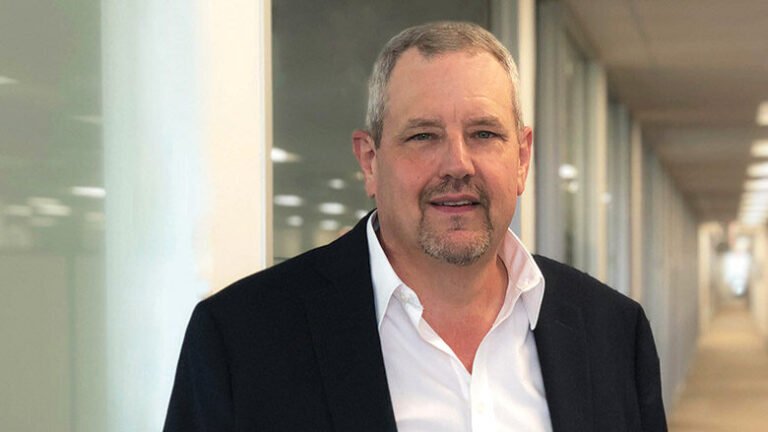
Robert D. “Danny” Evans Jr. couldn’t help but smile as four lines of self-propelled modular conveyors gently supported a new 2,800-ton cracking furnace at Chevron Phillips Chemical Co.’s ethylene plant. in Baytown, Texas, in September 2022. For three years, the PCL Industrial Construction Co. project team. d’Evans had worked closely with the furnace owner and engineer on a “supermodule” strategy: converting an existing furnace design into four main pre-assemblies and 17 modules that could be assembled off-site and then transported approximately one mile to its permanent location alongside the plant’s eight existing operational crackers, for completion and commissioning.
On that long-awaited day, Evans watched with other members of the project team as the 12-story furnace’s 28 integrated supports aligned perfectly with their pre-set pedestals, allowing workers to drop safety bolts into place at hand up
“It fit like a glove,” says Evans, adding that even with countless hours spent double- and triple-checking every element of the supermodule design and heavy-lifting strategy, “it was amazing how well it went together “.
Achieving that goal was hardly assured when project planning began in 2019, as modulating an object as large and complex as a cracking furnace was new to nearly everyone involved, including Evans, the most of 40 years of experience in the industry covering a wide range of chemical products and projects in the oil industry.
However, the team was convinced that overcoming these uncertainties would facilitate a number of potential benefits, such as making construction safer, faster and more cost-effective than building new kiln poles in place.
Indeed, keeping the project on track amid persistent material and supply chain issues proved to be the biggest challenge after the complex process of assembling and stacking modules began in September 2021.
According to Mitch Krutilek, Chevron Philips’ former general manager of project execution chemicals, the series of repeated obstacles never deterred Evans or the PCL construction team.
“He acted like he owned it, spending our money like he would spend his own money,” says Krutilek, who has since retired. “When we had a problem, Danny didn’t dwell on the cause. His team found ways to adjust so the challenges didn’t affect cost or schedule.”

PCL construction manager Evans says of the Baytown Supermodule project, “I’ve never had a job as good as this.”
Photo courtesy of PCL Construction
Don Abrahamson, project manager for Netherlands-based furnace designer Technip Energies, adds that Evans’ “calm and methodical approach” was essential to a project that could easily have stalled at several points.
“He doesn’t get excited; he works through challenges to keep things running smoothly,” Abrahamson says. He also credits Evans with the supermodule project’s “stellar” safety record of no recordable injuries or incidents during nearly 649,000 hours of work.
“It all comes from his leadership and management of the workplace,” adds Abrahamson.
For Evans, the collaborative spirit of the entire project team, from his project partners to the new trade worker, was the true heart of the Baytown Supermodule project and its resulting success.
“People can sometimes get in the way of a project with their own agendas,” he says. “Here, everyone puts their own aside. The decisions we made were for what was best for the project, not necessarily for the interests of your own organization. That’s what made it special.”
Overall, Evans says, “I’ve never been in a job as good as this.” Still, Evans and the PCL team have an opportunity to outdo themselves, as they are currently using a hybrid of Baytown’s modular approach to build seven new crackers at another Chevron Phillips chemical plant.

